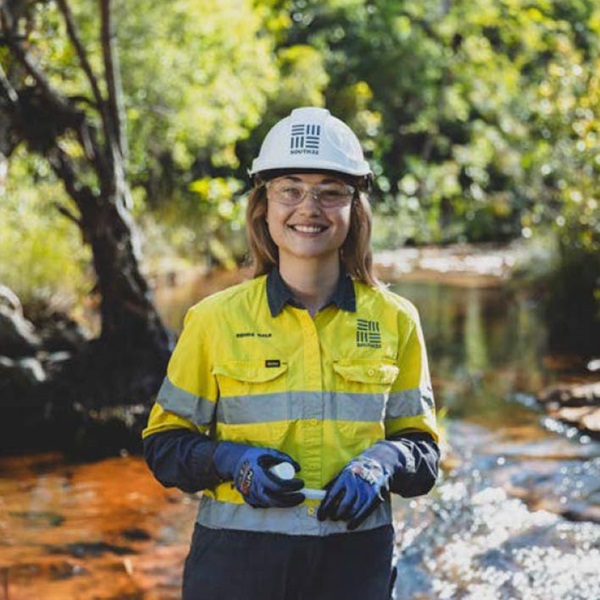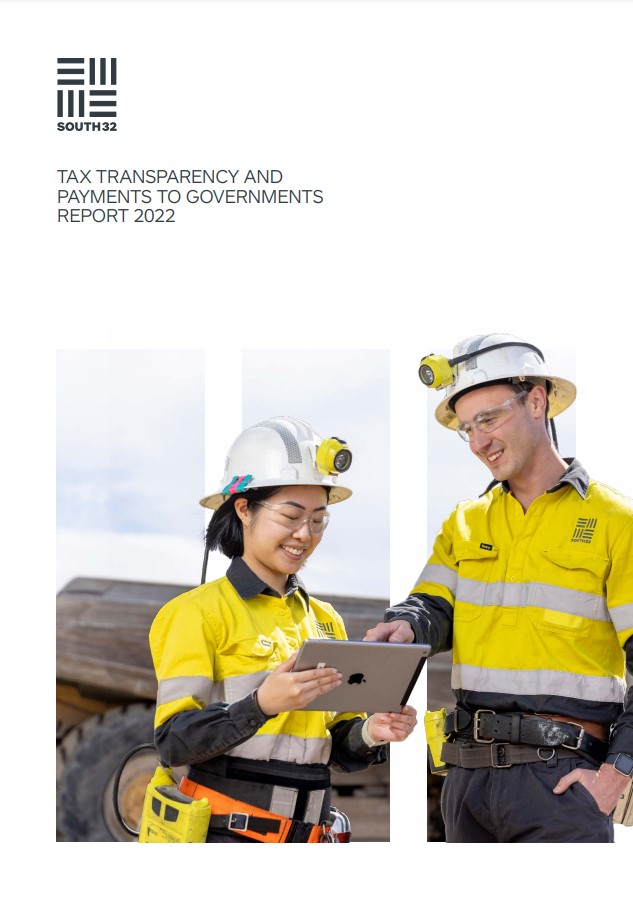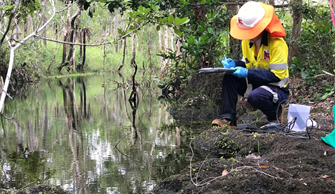Introduction

Introduction
Water resources are under increasing pressure from industrialisation, urbanisation, climate change and the needs of growing populations. We have a role to play in, where possible, avoiding and minimising adverse impacts on water availability and quality. Water is a critical input for our operations where it is primarily used for processing, suppressing dust and managing tailings, as well as for sanitation and catering for our people. In many of the areas where we operate, water is scarce, and in other regions, in excess. We are water consumers, but also water stewards, and recognise the need for collective responses to sustainably manage the water resources we all rely on.
Our approach to water stewardship aims to work towards sustainably managing water resources within our operations and contributing to addressing the shared water challenges in the catchments where we operate.



